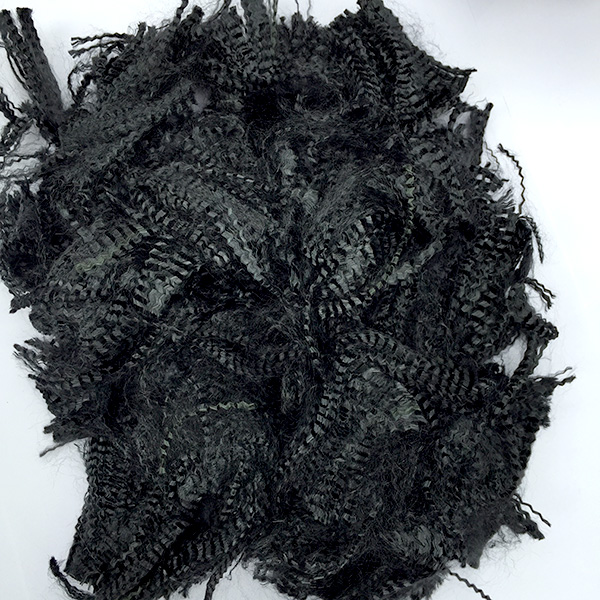Contact: Allen zhang
Mobile: +8618657301314
Tel: +86-573-88236564
QQ: 307160103
Email: allen@aramid.biz
Address: Tongyuan Road, Tongfu Industrial Park, Tongxiang City, Zhejiang Province
Website:en.surefrp.com
Application of aramid composite in bulletproof
Aramid anti-ballistic composite material is a kind of anti-ballistic composite material made of aramid fiber (fabric) reinforced resin matrix. It has good impact resistance, high specific protection performance, high performance designability and certain versatility. It is easy to be combined with other anti-ballistic materials and has wide applications in the fields of vehicle protection, engineering protection, armor protection and human body protection.

The main disadvantage of aramid staple fiber is that it is hygroscopic, and its intensity will be attenuated by ultraviolet radiation in sunlight. The United States began to make resin/aramid composite materials into bulletproof helmets, and then aramid laminates with ceramic or steel plates. Composite, used as tank armor, such as the US M1 main battle tank "steel + Kevlar + steel" type composite armor, it can prevent neutron bombs and armor-resistant anti-tank missiles with a thickness of about 700mm, but also reduce the impact of being hit by a armored ammunition Instantaneous pressure effects created in the cockpit. The main armor on the subsequent modified tank MlAl is also made of Kevlar composite, which is resistant to armor-piercing and armor-piercing.
The turret of the Japanese Type 88 mechanized infantry fighting vehicle also uses a composite armor structure made of carbon fiber (CF) and aramid materials. The Swiss "Saw Grease" III armored vehicle and the "Saw Grease" IV-based vehicle and the Swedish CV90 crawler-type armored combat vehicle family all use resin/aramid composites as anti-collapse linings. The Fifth Institute of China Ordnance Industry Group has developed a variety of resin / aramid composite armor plates. Among them, the resin/FC-017 aramid composite sandwich panel and the resin/FC-018 aramid composite armor are respectively made of high-performance aramid, modified EP and special anti-ballistic resin/high-performance aramid as raw materials, and adopt molding process. It can be used as a heavy-duty composite armor sandwich material to improve the ability of composite armor-resistant armor-piercing projectiles and armor-piercing projectiles.
Aramid fiber, carbon fiber and high-strength glass fiber are the three main reinforcing materials for high-performance composite materials, and the sum of the three accounts for about 93% of the total reinforcing materials. At present, the application research of aramid fiber mainly focuses on the surface treatment of aramid fiber. Although the surface treatment improves the adhesion of aramid to the matrix, it is more or less impaired to the strength of the fiber. In order to enhance the adhesion of aramid fiber to the matrix, it is important to surface-treat it, but the modification of the surface of the substrate or substrate such as plastic or rubber, such as the rubber matrix thickening, should also be paid attention to. At present, compared with foreign aramid fibers, aramid fibers in China have the disadvantages of low strength, easy breakage, easy surface pilling, and less material specifications. Although carbon fiber and high-strength glass fiber are competing for the aramid fiber market, threatening the development of aramid fiber, the status of these three reinforcing materials "three-point world" will not be easily changed. As long as the market is selected well, aramid fiber is in China. It is very promising.
Contact: Allen zhang
Mobile: +8618657301314
Tel: +86-573-88236564
QQ: 307160103
Address: Tongyuan Road, Tongfu Industrial Park, Tongxiang City, Zhejiang Province
Website:en.surefrp.com

